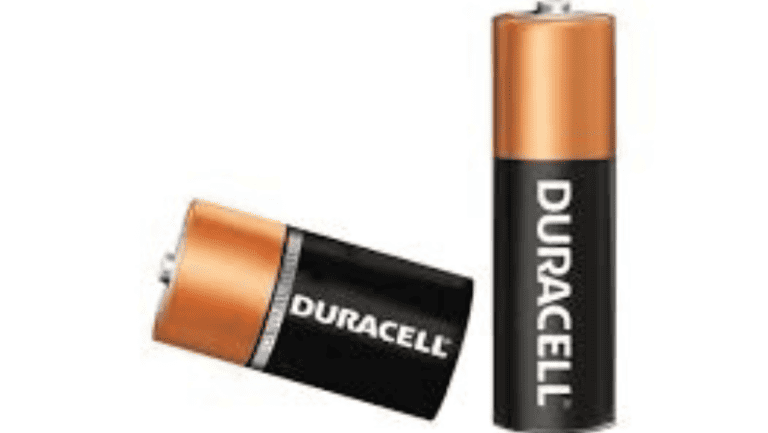Solar panel technology has come a long way over the years, with advancements in efficiency, durability, and affordability making solar energy more accessible than ever before. In this blog post, we’ll explore the different types of solar panels, how efficiency is measured, and the latest advancements in solar panel technology.
Types of Solar Panels
There are three main types of solar panels: monocrystalline, polycrystalline, and thin-film.
Monocrystalline Solar Panels: Monocrystalline solar panels are made from a single, high-purity silicon crystal, which gives them a uniform, black appearance. They are known for their high efficiency, durability, and longevity, making them a popular choice for residential and commercial applications. Monocrystalline solar panels are also the most expensive type of solar panel, but they offer the best return on investment over the long term.
Polycrystalline Solar Panels: Polycrystalline solar panels are made from multiple silicon crystals, which are melted together to form a block. They have a blue color and are slightly less efficient than monocrystalline solar panels. However, they are also more affordable, making them a popular choice for budget-conscious homeowners and small businesses.
Thin-Film Solar Panels: Thin-film solar panels are made from layers of photovoltaic material that are applied to a substrate, such as glass, plastic, or metal. They are lightweight, flexible, and easy to install, making them a popular choice for portable and off-grid applications. Thin-film solar panels are also less efficient than monocrystalline and polycrystalline solar panels, but they are also less expensive.
Efficiency
Solar panel efficiency is a measure of how much sunlight a solar panel can convert into electricity. It is expressed as a percentage, with higher efficiency meaning that the solar panel can produce more electricity with the same amount of sunlight. The efficiency of a solar panel is influenced by several factors, including the type of solar panel, the quality of the materials, and the design of the solar panel.
Monocrystalline solar panels are the most efficient type of solar panel, with efficiencies ranging from 18% to 22%. Polycrystalline solar panels have efficiencies ranging from 15% to 17%, while thin-film solar panels have efficiencies ranging from 7% to 13%. While efficiency is an important factor to consider when choosing a solar panel, it’s also important to consider other factors such as cost, durability, and warranty.
Advancements in Solar Panel Technology
Advancements in solar panel technology have made solar energy more efficient, durable, and affordable than ever before. Here are some of the latest advancements in solar panel technology:
Bifacial Solar Panels: Bifacial solar panels are designed to capture sunlight from both sides of the panel, which increases their efficiency. They are made with a glass backsheet, which allows sunlight to pass through the panel and reflect off the surface below, increasing the amount of sunlight the panel can capture.
PERC Solar Cells: PERC (Passivated Emitter and Rear Cell) solar cells are designed to improve the efficiency of solar panels by reducing the amount of energy lost through recombination. They achieve this by adding a passivation layer to the back of the solar cell, which reduces the number of surface defects and allows more electrons to flow through the cell.
Smart Solar Panels: Smart solar panels are designed to optimize the performance of solar panels by using advanced software and sensors. They can track the position of the sun, monitor the weather conditions, and adjust the angle of the solar panel to maximize the amount of sunlight it receives.
Flexible Solar Panels: Flexible solar panels have the potential to revolutionize the solar industry by allowing solar panels to be integrated into a wide range of products, including clothing, backpacks, and even cars. They are made with lightweight, flexible materials, such as plastic or metal foil, which makes them easier to install and transport.
Tandem Solar Cells: Tandem solar cells are designed to improve the efficiency of solar panels by using two or more different types of solar cells stacked on top of each other. Each solar cell absorbs a different part of the solar spectrum, allowing the solar panel to capture more sunlight and convert it into electricity.
Perovskite Solar Cells: Perovskite solar cells are a new type of solar cell that have the potential to be more efficient and less expensive than traditional solar cells. They are made with a special type of crystalline material called perovskite, which can be processed into a thin film and applied to a variety of surfaces.
Concentrated Solar Power: Concentrated solar power (CSP) is a type of solar technology that uses mirrors or lenses to concentrate sunlight onto a small area, which heats up a fluid, such as water or oil. The heated fluid is then used to generate electricity or stored for later use. CSP has the potential to be more efficient than traditional solar panels, but it is also more expensive and requires more space.
Transparent Solar Panels: Transparent solar panels are a new type of solar panel that can be integrated into windows and other surfaces to generate electricity without obstructing the view. They are made with a thin film of solar cells that are almost invisible to the naked eye, making them ideal for use in buildings and other structures.
Solar panel technology has come a long way over the years, with advancements in efficiency, durability, and affordability making solar energy more accessible than ever before. Whether you’re looking to power your home or business with solar energy, or you’re interested in integrating solar technology into your products or designs, there are a wide range of options available to suit your needs. By staying up-to-date with the latest advancements in solar panel technology, you can ensure that you’re making the most of this clean, renewable energy source












